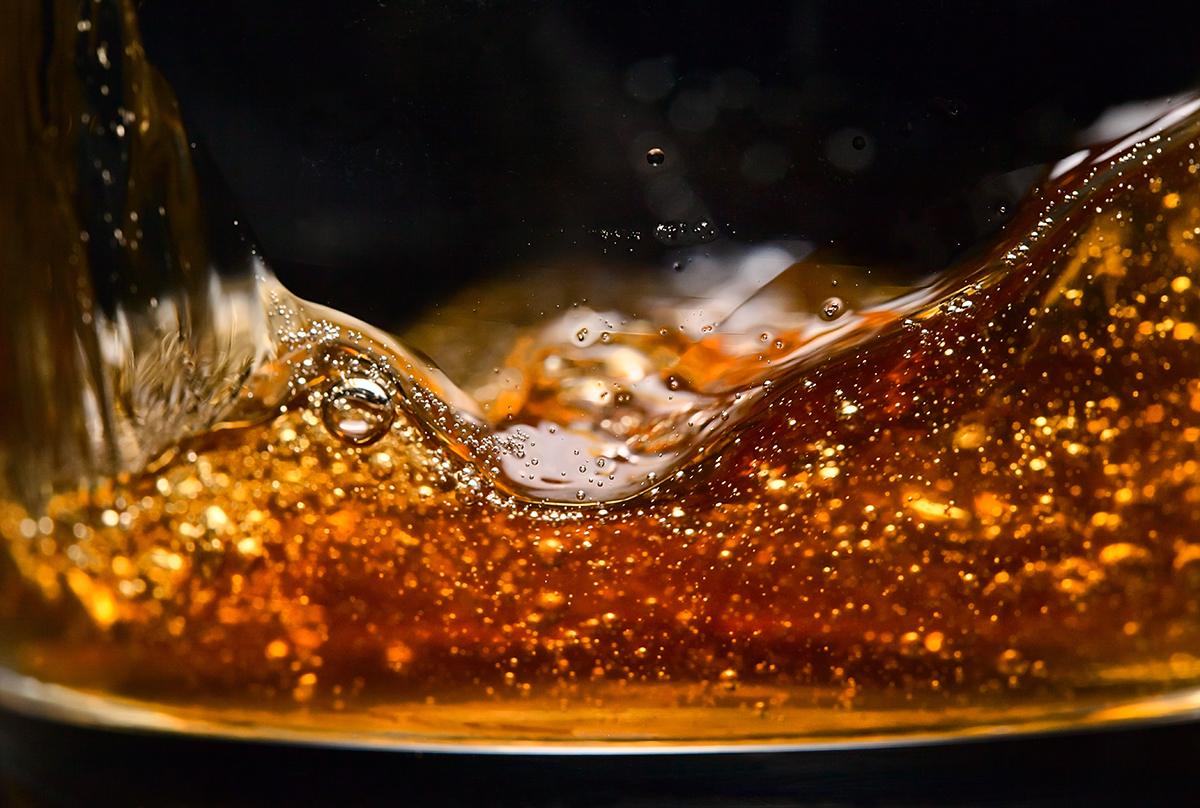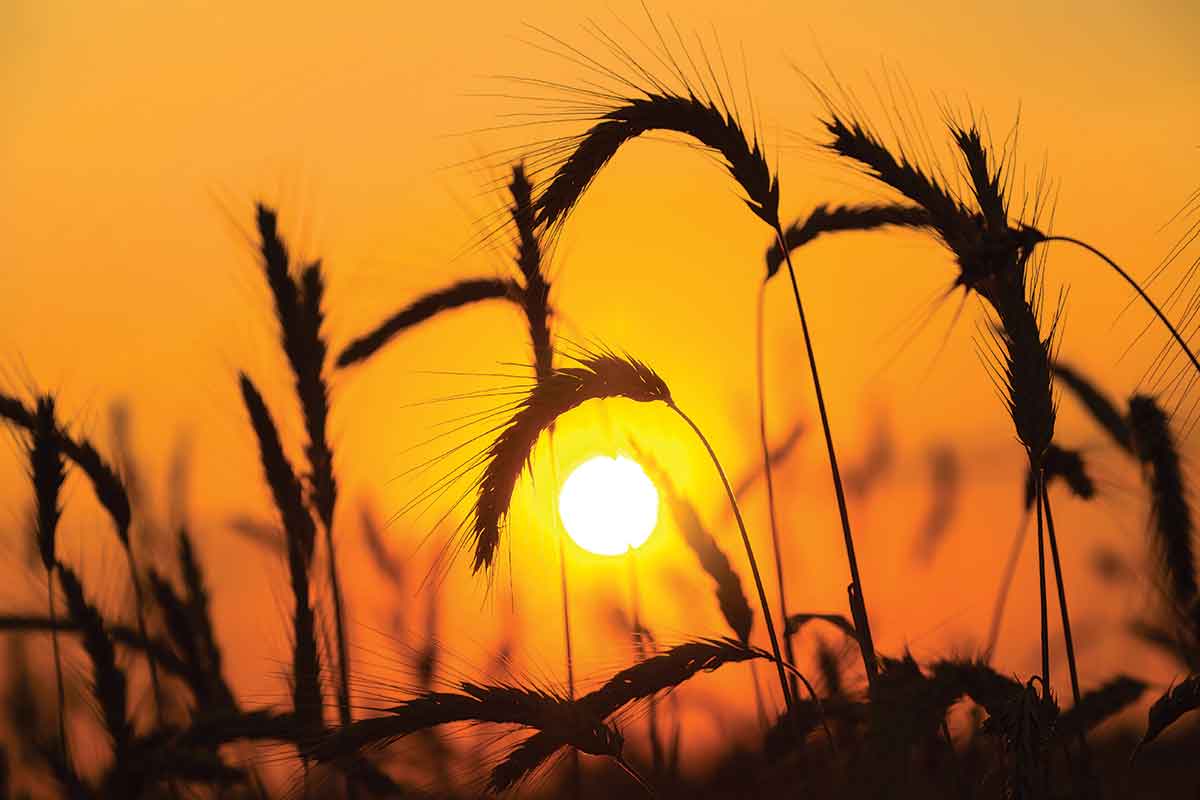A traditional surveying of Scotch whisky reveals a landscape rigidly divided into regions. And while there are exceptions to every rule, from Islay to Speyside, each locale is home to a signature style. Thinking about American whiskey regions in the same fashion was long considered unnecessary. Indeed, for generations the vast bulk of whiskey made in the US was largely synonymous with “bourbon from Kentucky” so the point was moot.
That’s not the case any longer, of course. Today there are thousands of craft producers spread across the country producing a full smattering of whiskey styles. And while it’s still early days to try to codify regional styles, the idea of cobbling together a list of American whiskey regions isn’t a new one.
Consider that ol’ stalwart, Tennessee whiskey — it has been largely synonymous with Jack Daniel’s for generations. It is now formally recognized as whiskey that is made in Tennessee using the Lincoln County Process. Elsewhere, producers in New York banded together to define Empire Rye. This category requires whiskeys to be made with a minimum of 75% rye grain grown in New York state.
With Kentucky bourbon, Tennessee whiskey, and Empire Rye already on the books, these other American whiskey regions should help fill out the map.
Pacific Northwest
The Pacific Northwest is one of the most exciting American whiskey regions to emerge in recent years. Impacted by the region’s beer ethos, Pacific Northwest whiskey distilleries utilize both beer world talent and beer world techniques. Naturally that’s led to an emphasis on malt whiskey. In fact, there’s a considered focus on the type and quality of malt being used in production, along with the yeast strain used for fermentation.
Consider Westland Distillery, which uses Belgian brewer’s yeast in its core line. This Seattle-based distiller works with a litany of different malts, showcasing the different varieties used in each expression. Not to be confused with Westward Whiskey, of course. This Portland distiller defines the beginning of its production process as “brewing an artisanal American ale from scratch.”
Then there’s Rogue Ales & Spirits, which was first just Rogue Ales, and Clear Creek Distillery, which was one of the earliest purveyors of American single malt whiskey. Another notable Pacific Northwest whiskey maker is Copperworks which emphasizes barley variety and local sourcing.

Texas & The Southwest
Texas will likely argue for its own place on the American whiskey regions map. And with a score of notable whiskey producers, it might warrant it. However, several of the key characteristics that might define whiskey made in the Lone Star State can be found among its neighbors, too. For starters, the intense summer sun across the region bakes the maturing whiskey. This often leads to surprisingly precocious whiskeys — when over-extraction is guarded against, at least.
How about a dose of smoke? Regional wood such as mesquite is being deployed to produce smoked whiskeys at Ranger Creek in San Antonio, Whiskey Del Bac in Tucson, Arizona, and Sante Fe Spirits in New Mexico. Moreover, Texas scrub oak provides smoke for Balcones Distilling’s Brimstone. Local grain, whether local extends as far as the state, or as near as their own farm, is emphasized at producers ranging from Firestone & Robertson and Still Austin in Texas, to Frey Ranch and Bently Heritage in Nevada.
California
California’s food and drink culture — not to mention its agriculture and wine — is renowned the world over. All of those elements in turn influence the whiskeys being made across the state. Consider Sonoma Distilling Co., which calls out those influences in the way it derives flavor from cherrywood smoke. Of course the distillery’s cult-favorite Black Truffle Rye Whiskey is unique and perfect for foodies. California wineries were never bashful about blending grape varieties. Therefore Spirit Works Distillery’s four grain bourbon, blended from two bourbon recipes, makes sense in its whiskey lineup. Furthermore, it’s a grain-to-glass distillery that uses organic grains, some of which are sourced from California.
Charbay is rooted in the products of the land, and when it comes to whiskey, distills its lineup from beer. Craft beer is of course a foundational component of California food and drink culture. This can be seen everywhere from Cutwater Spirits, birthed by Ballast Point Brewing, to Hotaling & Co.’s genesis from Anchor Brewing.

The Grain Belt
The Midwest is our country’s breadbasket, the heartland. For the purposes of this discussion, as Kentucky is already Bourbon Country, and Indiana is also covered — more on that below — this proposed American whiskey region loosely extends from Illinois and Iowa north to Minnesota and Wisconsin, across to the Dakotas, and down into Nebraska, Kansas and Missouri.
You’ll find producers such as Cedar Ridge Distillery, where Iowa corn is very much the emphasis of its Iowa bourbon. Also worth mentioning is Far North Distillery, a farm distillery proudly showcasing what comes from its own land and estate. Whiskey Acres is another estate distillery in the region, while Tattersall emphasizes not only Minnesota grains, but also Minnesota oak.
The MGP Region
Is there any doubt that MGP warrants its own region? You can taste dozens of brands across the country deploying 95% rye, made in Indiana MGP whiskey. Even if other mash bills — and MGP makes a slew of them — are allowed into this region’s standards, MGP itself is perhaps even more synonymous with Indiana whiskey than Jack Daniel’s is with Tennessee whiskey.
This is only scratching the surface. There’s room for more American whiskey regions such as the Sunbelt Region as well as The DMV or Capital Region. And up in New England, we can just go ahead and call that the Belichick Division.
Of course, craft producers in the U.S. largely enjoy the freedom of being untethered to fixed perceptions whiskey regions can bring. Nevertheless there’s an increasing pressure to stand out on the shelf, both as products of a specific place, and as products above a certain quality threshold. Will other states or regions start banding together with their own standards, then? You can count it.
Ready to explore some American whiskey regions?
With Distiller, you’ll always know what’s in the bottle before you spend a cent. Rate, Review, and Discover spirits. Head on over to Distiller, or download the app for iOS and Android today!
Want to enjoy Distiller ad-free? Join Distiller Pro today to support the Distiller platform and keep ads off of your screen.



